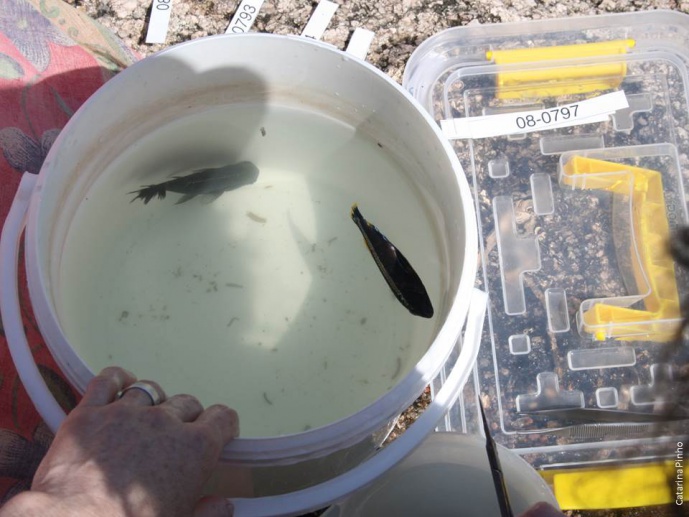On the nature of species: insights into the Lake Malawi cichlids explosive radiation based on a genomic analysis
Over 150 years after Darwin published his On the origin of species, the process of species formation is still one of evolutionary biology’s greatest puzzles. Nowhere is this more clear than in Lake Malawi, where explosive radiation has given rise to over 600 species in the few million years the Lake has been in existence. While some authors argue for a major role of allopatric phenomena, it seems unlikely that such an extraordinary radiation was strictly dependant on geographic isolation. It has thus been suggested that speciation occurred in sympatric conditions, promoted by ecological specialization driven by morphological changes in the trophic apparatus and/or by sexual selection promoted by female choice on male nuptial coloration.
Current knowledge about the speciation modes that caused this extraordinary diversity to happen is necessarily fragmented. The greatest gap in our knowledge is that we lack an understanding of the species phylogenetic tree – the branching history of the Lake Malawi radiation. Because the species are so closely related, a large amount of variation is shared among species, and estimating a species tree has proven highly intractable so far, even using data from multiple loci. To correctly understand speciation dynamics in this system, the first step is to accurately assess the Malawi cichlid evolutionary branching history.
With this proposal we hope to gain insights about the evolutionary setting in which this radiation occurred. We predict that a substantial increase in sequence data will likely render phylogenetic signal and allow the estimation of the Malawi cichlids evolutionary tree, as well as dating major splitting events. After an accurate species tree has been resolved, the so far fragmented evidence can be put into context and hopefully shed some light on the speciation process.
In order to collect sequence data for hundreds of loci in a panel of diverse Malawian cichlid species, an innovative protocol for sampling the genomes of different species for a common set of fragments has been devised. This protocol is based on predictively quantifying and size-selecting restriction fragments and can in principle be applied to any non-model organism. If successful it has the potential to revolutionize the field and open up a new area of evolutionary DNA-sequence-based analysis for species that do not yet have full genome sequences
Vera Maria Varela Cardoso



